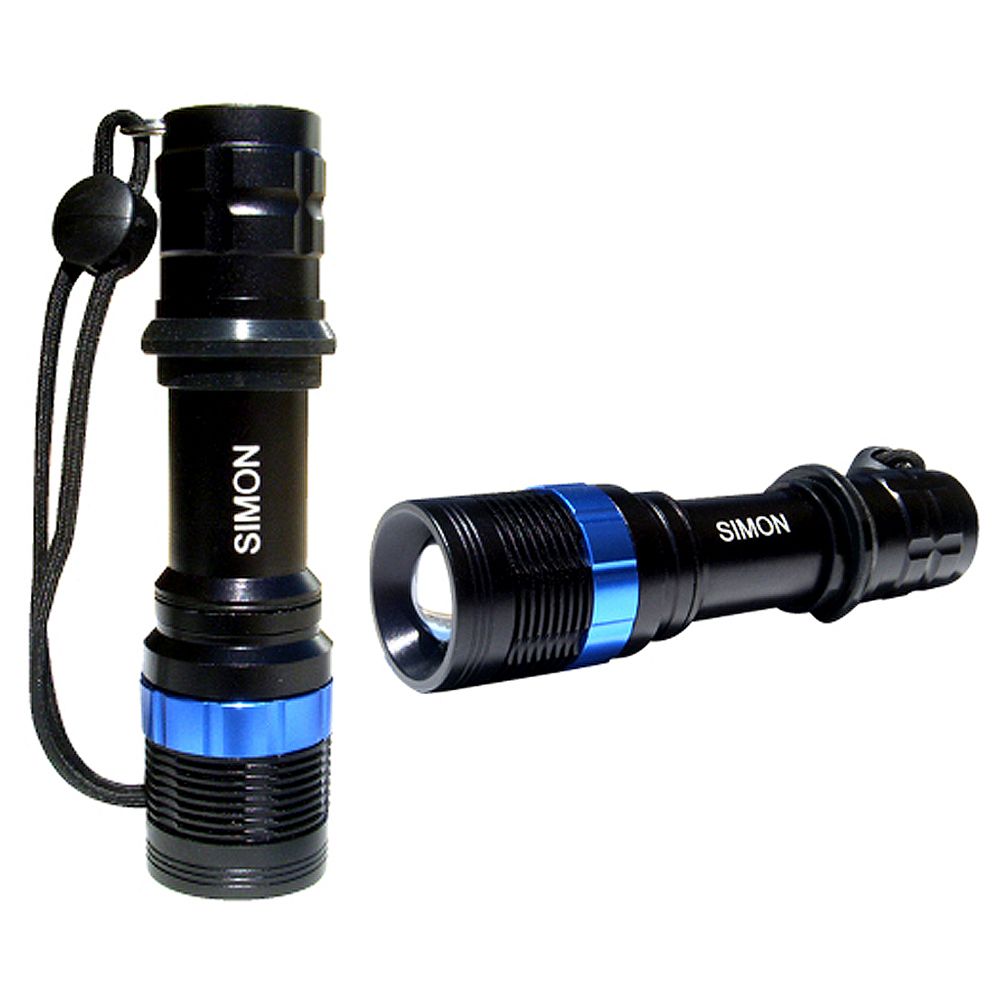The Police Flashlight of Today
 To claim law enforcement flashlight is to imply that certain minimum performance requirements are met for the device to warrant the name. Expect a police flashlight to be very bright, as an example (for intimidating and also discombobulating offenders), to be easily accessible, and to be totally reliable. This post explores these essential characteristics that establish exactly what certifies a light for police work in extra detail.
To claim law enforcement flashlight is to imply that certain minimum performance requirements are met for the device to warrant the name. Expect a police flashlight to be very bright, as an example (for intimidating and also discombobulating offenders), to be easily accessible, and to be totally reliable. This post explores these essential characteristics that establish exactly what certifies a light for police work in extra detail.
Typically, the law enforcement flashlight has constantly had to satisfy criteria, however up until just recently this enforced severe restrictions on its usage. To achieve sufficient brightness, it had to suit lots of battery power, which in turn needed long, bulky, and heavy product packaging. It was so durable that it could be made use of as a tough club.
Due to the light's weight as well as enormity it was unpleasant to deal with and not extremely accessible. It was tough otherwise difficult to operate with one hand. Naturally these negatives deterred fast action in emergencies and also hobbled the force as a whole, at least to a recognizable degree, when called into action.
Also, the large number of batteries created high voltages and currents that were put on the filaments in an incandescent light bulb. This high power put the filaments under extreme stress. The result was that these intense flashlights had to have both their batteries as well as their bulbs changed frequently.
However, the crucial attribute is illumination and also one does exactly what one must to accomplish it. To gain advantage the police officer needs the power of making problems disconcerting for the suspect and confusing him. If you have to compromise various other features for illumination, so be it.
However the sacrificed attributes were sorely missed out on. Law enforcement activities are jeopardized to some extent if the flashlight is not maneuverable and operable with one hand so that a weapon can be possessed at the same time with the various other hand.
The arrival of the light discharging diode (LED) brought about a lighting industry revolution, and this profited law enforcement tremendously. Those who developed tactical flashlights saw that they no more had to make tradeoffs or sacrifices. This new component allowed them to consist of all desirable features in one plan.
Reaching that factor was a long, drawn-out battle for scientists. When the very first LEDs were designed some sixty years ago they weren't whatsoever useful. Nevertheless, these devices had the capacity for very high luminescent efficiency in converting power to light, and the effort to earn them useful seemed called for.
The key impracticality of early LEDs originated from their propensity to get too hot other than at running power levels that were much below the commercial standard. An additional concern was a color constraint; the output was monochromatic and the only readily available frequencies fell in the infrared to red variety.
Flashlight for police
These were showstopper problems. For an option to the incandescent light bulb to be thought about viable it would have to be capable of creating white light and also perform at typical operating degrees. The LED would have to be made stable, and also brightness could be attained just artificially by extending the shade array all the way out to blue and then combining specific LEDs (remember their outcome is single) in main and/or complementary colors.
Research in these areas continued for decades, ultimately resulting in both challenges relapsing. Researchers accomplished device stability by restricting running present to 350 mA, which was commercially appropriate. Experimentation with various semiconductor materials yielded an orange and also an environment-friendly LED fairly rapidly, yet a blue one had not been located until the 2000's.
In fulfilling these challenges, some luminous performance needed to be surrendered, but LEDs are still much better in this department compared to incandescent bulbs. The latter produced about 15-20 lumens each watt (at finest), compared to numerous lumens/watt for the LED. This suggests that the exact same battery power produces a much, much brighter light.
Equivalently, one no more had to make use of many huge batteries to get phenomenal illumination; less as well as smaller sized ones were sufficient. For this reason, a police flashlight could be made without needing to sacrifice convenience of handling, portability, and also accessibility. Furthermore, the police flashlight of today can be mounted on a rifle, which frees both hands to execute required jobs including running the tool.
There are additionally benefits. LEDs do not use frail filaments, however are improved semiconductor substratums, making them very robust and also shock immune. They additionally last 30-50 times as long as incandescent light bulbs.
Normally, army as well as police workers have actually welcomed the modern LED flashlight. Some layouts have the capability of giving off 1000 lumens, plenty intense adequate to inflict momentary loss of sight if the light is shone in the eyes.
Flashlight designers are accelerating to stay up to date with the need for brighter as well as more cutting-edge products, as well as there is nothing to constrict them anymore. Look for the brightest LED flashlights show up an increasing checklist of choices. Those in the field of techniques can manage to be instead careful in choosing a police flashlight.

